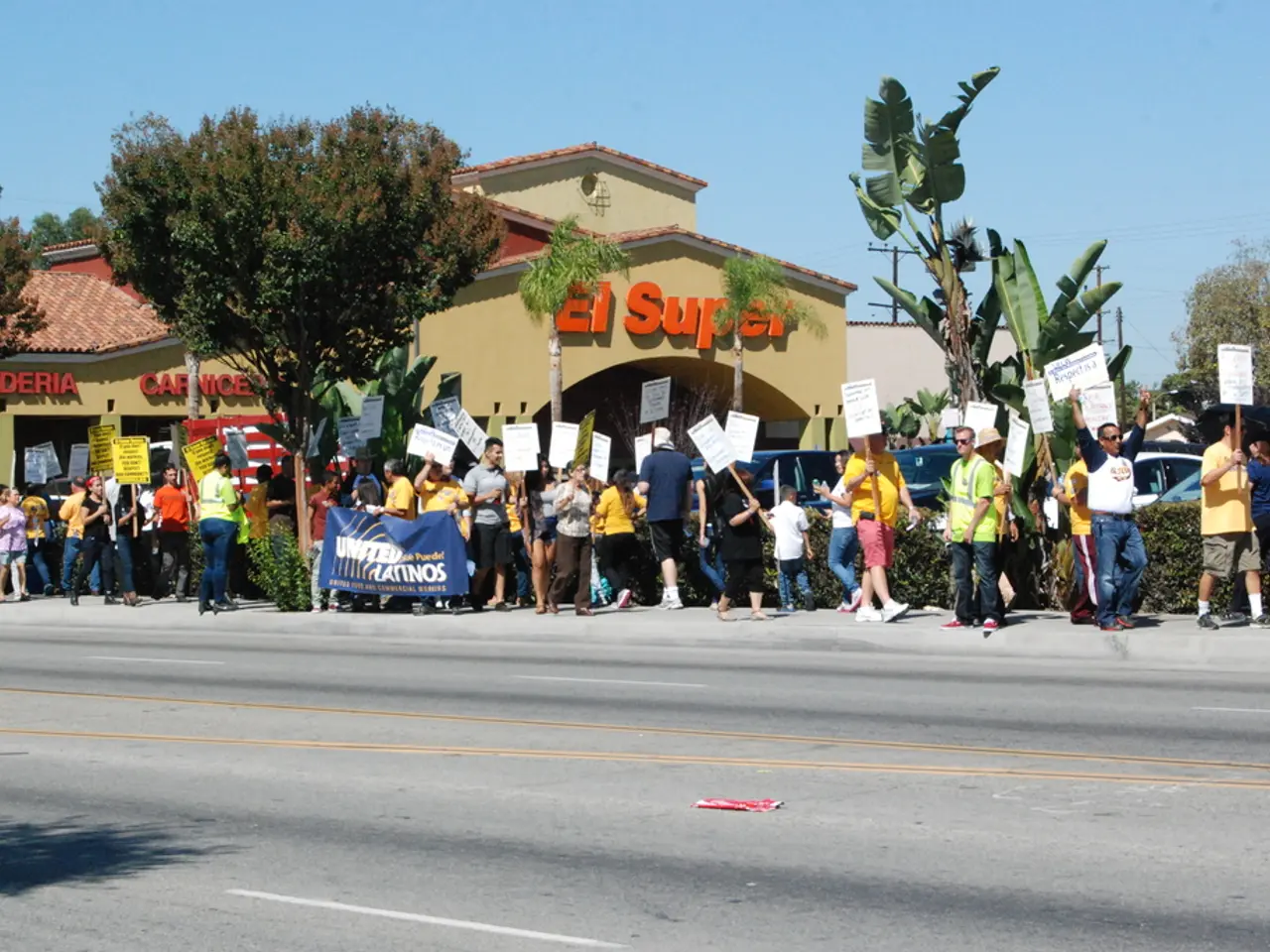Gallup Poll Origins Explained: A Detailed Examination
In the heart of the 1930s, George Gallup pioneered the use of scientific survey research to gauge public opinion on political and social matters in the United States. His revolutionary approach, a departure from earlier market research methods, has since become the cornerstone of opinion polling (1).
Gallup's methodology is meticulous and systematic. It begins by defining the universe, or the target population, such as all adults in a country. Next, a representative sample is chosen, often through random sampling methods. This process ensures that every individual has an equal chance of selection, leading to representative results (2).
The questions posed in Gallup polls are designed to be clear, unbiased, and free from any hidden agendas. Responses are collected primarily through telephone interviews, using both landlines and cellular phones (3).
The typical sample size for Gallup polls is around 1,000 national adults. For instance, the Gallup US Daily Tracking Poll, which operated from 2008 to 2017, amassed approximately 1,000 responses per day (4).
To account for demographic variations, the data collected is weighted to produce census estimates for a variety of demographics, including age, race, gender, level of education, and religion (5).
In the selection of a respondent from a household, the member who has had the most recent birthday is usually chosen (6). It is important to note that Gallup does not poll minors or visitors to the country (7).
While the margin of error for Gallup polls is typically plus/minus four percentage points, the samples are carefully designed to be proportionate and stratified, further reducing this margin (8).
In summary, Gallup polls have a rich history dating back to the 1930s and are renowned for their reliability. Their methodology is based on carefully defined populations, random sampling, and structured data collection through telephone or mail interviews. The respondents are chosen at random, and the data is weighted and analysed to produce reliable estimates of public opinion.
- George Gallup's pioneering work in the 1930s laid the foundation for opinion polling in politics and society, utilizing scientific survey research.
- Gallup's methodology involves defining the universe, selecting a representative sample through random sampling, and posing clear, unbiased questions to collect responses.
- The samples chosen for Gallup polls are typically around 1,000 national adults, and the responses are collected primarily through telephone interviews.
- To account for demographic variations, the data collected is weighted to produce census estimates for various demographics, such as age, race, gender, education level, and religion.
- When choosing a respondent from a household, the member who has had the most recent birthday is usually selected, and minors or visitors to the country are not polled.
- Gallup polls have a margin of error of plus/minus four percentage points, but the samples are proportionate and stratified, further reducing this margin.
- Today, Gallup polls are renowned for their reliability, relying on careful definition of populations, random sampling, structured data collection, and weighted analysis to deliver accurate estimates of public opinion on a wide range of issues in general-news and politics.







